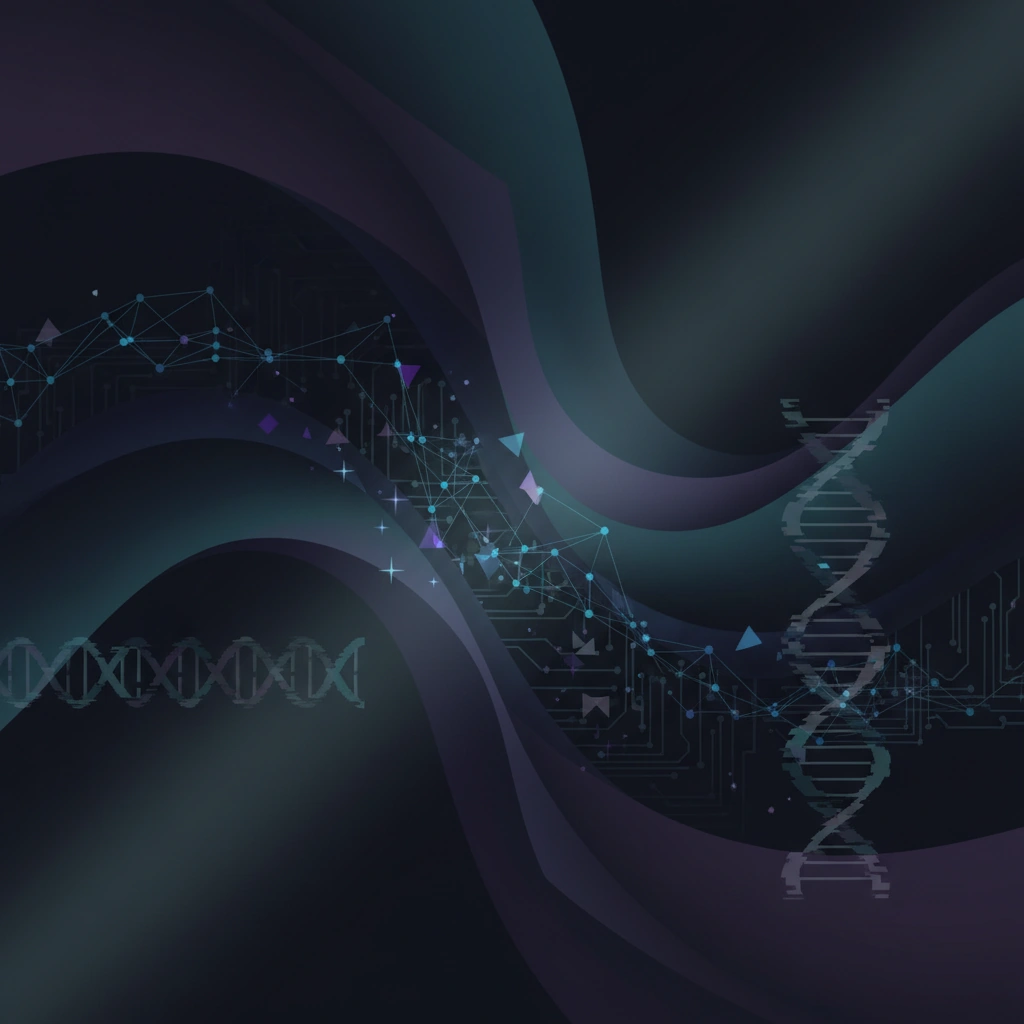AI Agent Protocols Enable Synthetic Media Ecosystems
New standardized communication protocols for AI agents could revolutionize how synthetic media systems collaborate on generation, detection, and authentication.
The development of standardized communication protocols for AI agents represents a critical infrastructure advancement that could fundamentally transform how synthetic media systems operate. While individual AI models have achieved remarkable capabilities in generating deepfakes, detecting manipulated content, and verifying authenticity, they've largely operated in isolation—until now.
The emergence of agent protocols addresses a fundamental challenge in the AI ecosystem: fragmentation. Today's AI models, whether they're generating photorealistic videos, detecting deepfakes, or authenticating digital content, each speak their own proprietary language. They use different data formats, command structures, and operational logic, making it nearly impossible for a video generation model from one company to seamlessly interact with a detection algorithm from another.
The Tower of Babel Problem in Synthetic Media
This fragmentation has significant implications for the synthetic media landscape. Consider a scenario where a content creation platform wants to integrate multiple AI services: a video generation model, a voice synthesis system, a deepfake detection tool, and a blockchain-based authentication service. Currently, each would require custom integration work, translation layers, and ongoing maintenance as each system evolves independently.
The inefficiency isn't just technical—it's hampering innovation. Developers spend more time building bridges between systems than improving core capabilities. Security researchers can't easily deploy multi-layered detection systems that combine different vendors' technologies. Content platforms struggle to implement comprehensive authenticity verification that draws on multiple sources of truth.
Agent Protocols as the TCP/IP of AI
The comparison to TCP/IP is particularly apt. Just as the internet protocol suite enabled any computer to communicate with any other computer regardless of manufacturer or operating system, agent protocols promise to create a universal language for AI systems. This standardization could enable scenarios that are currently impractical or impossible.
Imagine a future where a deepfake detection agent could automatically query multiple verification services, cross-reference findings with blockchain authenticity records, and coordinate with content distribution networks to flag or remove manipulated media—all without human intervention. Or consider a content creation workflow where generation models could negotiate with authentication services in real-time to embed verifiable credentials directly into synthetic media as it's created.
Implications for Digital Authenticity
The impact on digital authenticity could be profound. Current approaches to content authentication, such as the Coalition for Content Provenance and Authenticity (C2PA) standards, rely on cryptographic signatures and metadata. Agent protocols could enable these systems to become active participants in an ecosystem rather than passive stamps.
Authentication agents could communicate with generation agents to track provenance from creation, negotiate with distribution agents to maintain chain of custody, and coordinate with detection agents to identify tampering attempts. This creates a living, responsive authenticity infrastructure rather than a static verification system.
Accelerating the Synthetic Media Arms Race
However, standardized agent communication also accelerates capabilities on both sides of the synthetic media divide. Malicious actors could potentially orchestrate sophisticated deepfake campaigns using cooperating agents that generate content, evade detection systems, and distribute across platforms. The same protocols that enable legitimate collaboration could facilitate coordinated disinformation.
This dual-use nature makes the development of these protocols particularly crucial. The standards being established today will determine whether the advantage tips toward creation or detection, authenticity or manipulation. Early adoption by legitimate platforms and security vendors could establish defensive capabilities before malicious applications proliferate.
The Path Forward
As these protocols mature, we're likely to see rapid evolution in synthetic media capabilities. The ability for AI agents to communicate and collaborate doesn't just make existing workflows more efficient—it enables entirely new approaches to content creation, verification, and distribution. The question isn't whether this integration will happen, but who will control the standards and how open they will be.
The development of agent protocols marks a pivotal moment in the evolution of synthetic media technology. By breaking down the communication barriers between AI systems, these standards could unleash a new wave of innovation in both content generation and authenticity verification. The race is on to establish the foundational infrastructure that will shape the future of digital media.
Stay informed on AI video and digital authenticity. Follow Skrew AI News.



